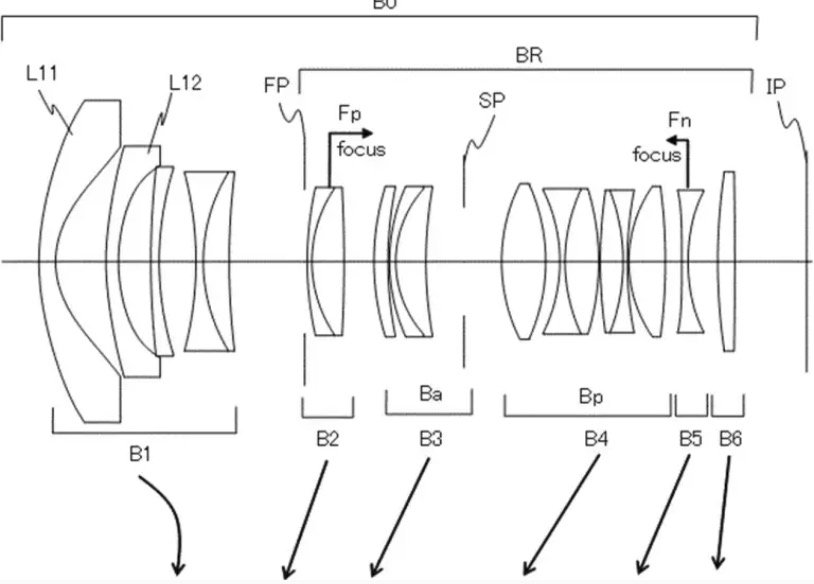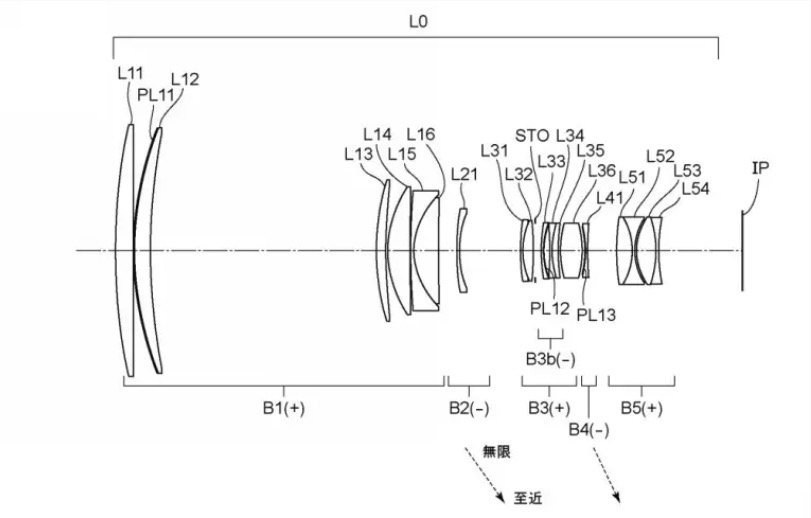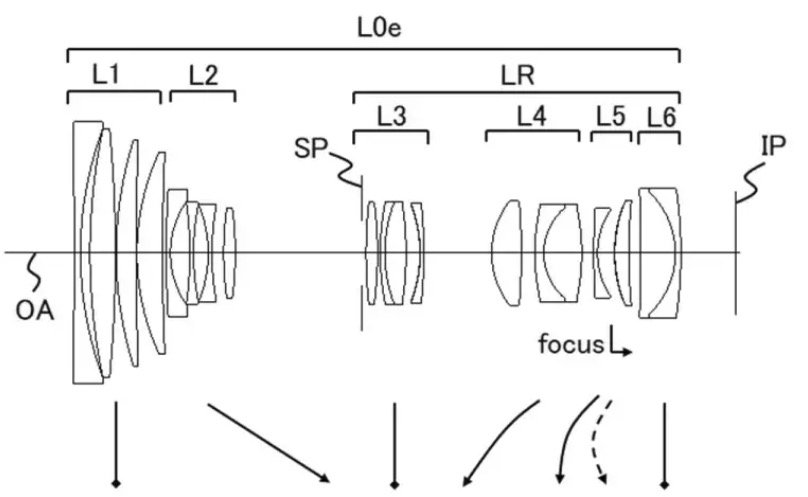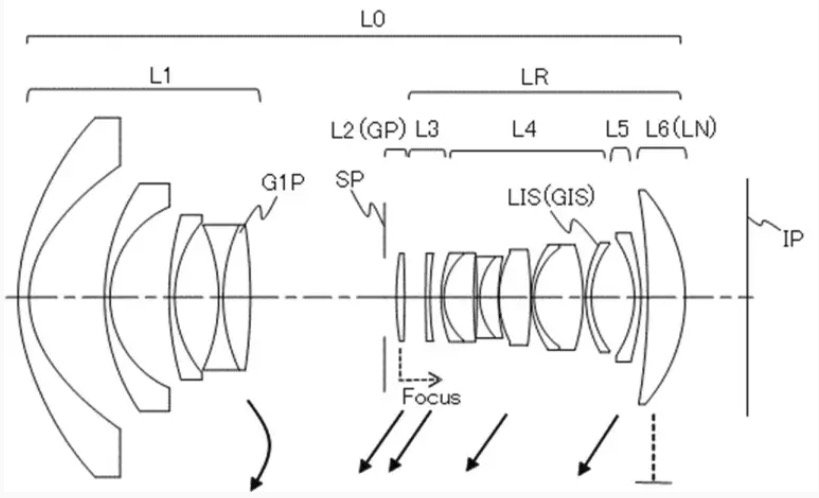Here is a new Canon patent application, as usual for RF-mount lenses. Canon patent application…
Canon Patent: Three Camera System For Smartphones
A Canon patent related to a camera system for smartphones is a rather unusual patent for Canon. I let it to your educated speculations what if means. Do not be surprised if suddenly everyone starts spreading rumors about Canon making a smartphone.
Canon patent application 2023160089 (Japan, published 11/2/2023) discusses technology and methods for a camera system for devices like smartphones, that allows to seamlessly zoom between cameras in multiple shooting modes.
From the patent literature:
- When capturing images in parallel in a plurality of imaging modes, the angle of view can be seamlessly switched from wide-angle to telephoto without interrupting the imaging.
- BACKGROUND ART
Conventionally, a photographing method has been well known in which a subject is simultaneously recorded using both an imaging section for photographing a still image and an imaging section for photographing a moving image, which are included in an imaging device. Furthermore, in recent years, imaging devices such as smartphones are equipped with a plurality of imaging units having different focal lengths, and each imaging unit can simultaneously record a subject. Furthermore, when switching the angle of view, the smartphone uses an imaging unit with the desired focal length. Patent Document 1 discloses a technique for automatically moving the zoom position of an imaging device for capturing a moving image in conjunction with a zoom operation of an imaging device for capturing a still image. - In Patent Document 1, each imaging device can switch to an arbitrary angle of view by performing optical zoom by driving a lens. In contrast, smartphones use multiple imaging units (lenses) with different focal lengths to switch the angle of view. For example, when capturing images in parallel in two imaging modes, still image and video, with a smartphone, in order to switch the lens for video to the lens used for still images, you must first stop using the imaging unit for still images. After that, you will be able to switch the viewing angle for video recording. Therefore, it is difficult to seamlessly adjust the angle of view from wide-angle to telephoto without interrupting imaging.
- Accordingly, an object of the present invention is to seamlessly switch the angle of view from wide-angle to telephoto without interrupting the imaging when images are taken in parallel in a plurality of imaging modes.
- Means for Solving the Problem
In order to achieve the above object, an imaging device according to the present invention is an imaging
device having a plurality of lenses having different angles of view, and which has a
first imaging mode and a first imaging mode. 2. A reception means that receives a switching operation to switch the lens used for imaging when images are captured in parallel in two imaging modes, and in response to receiving the switching operation of the lens used for imaging, a control unit configured to control switching of lenses used for imaging, the control unit controlling the first imaging mode and the second imaging mode so that different lenses are used in the first imaging mode and the second imaging mode. The present
invention is characterized in that the lens used in the first imaging mode and the second imaging mode is controlled to be switched . - According to the present invention, when images are taken in parallel in a plurality of imaging modes, the angle of view can be seamlessly switched from wide-angle to telephoto without interrupting the imaging.
Is Canon about to license this to smartphone makers?
More Canon patents are listed here.
[via asobinet]





